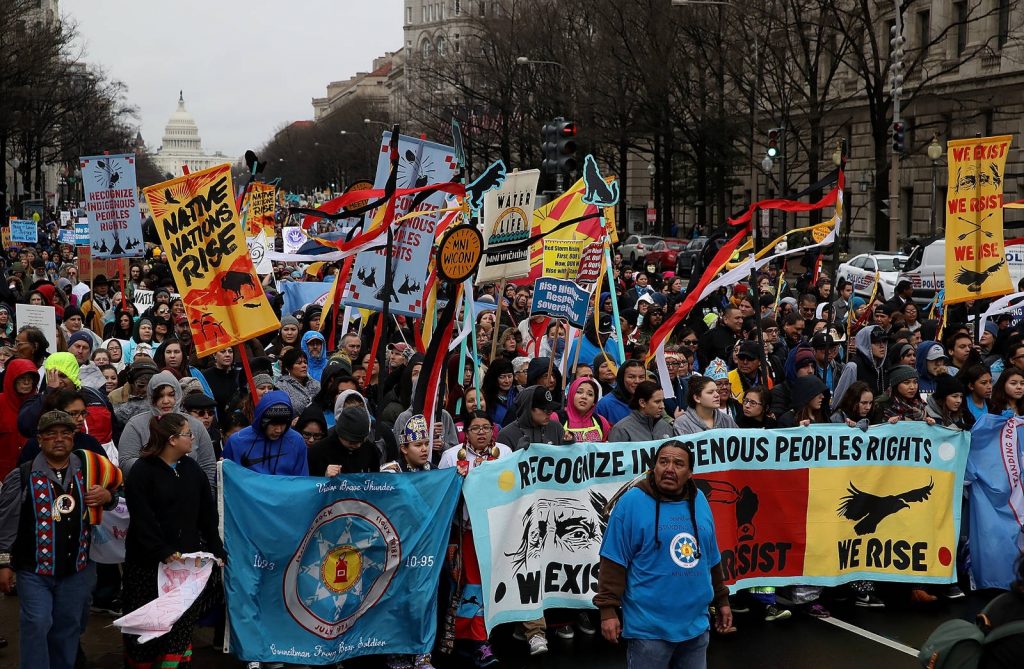Climate Change:
a factor driving disproportional
Human Displacement
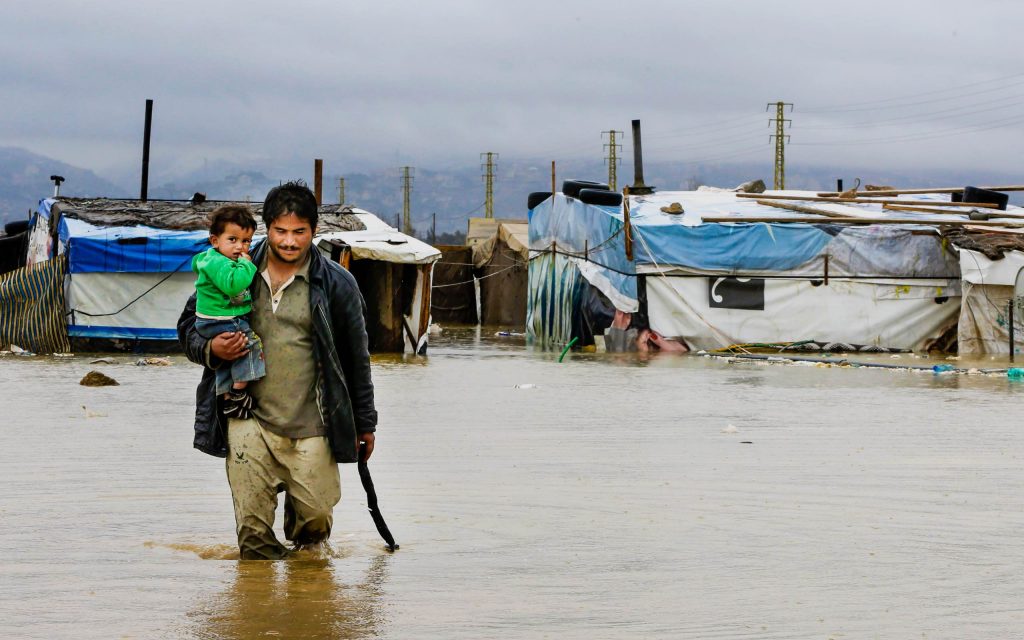
According to this year’s Global Report on Internal Displacement, in 2021, 60% of the internal displacements recorded worldwide were triggered by disasters, of which, 22.3 million were caused by weather related events – storms, flood, wildfires, droughts, extreme temperatures and landslides. Mostly, these events force people to move within their own countries, however, when combined with other factors such as armed conflicts, displacement patterns become more complex, leading people to cross borders. Adding to this, the Children’s Climate Risk Index estimates that nearly half of the world’s under-18s live in ‘extremely high risk’ countries of exposure to weather related disasters, which can translate into an higher risk for forced displacement.
To what extent these weather events and their increasing frequency can be attributed to climate change has been a pressing concern over the last years and the answer hasn’t been easy to find. But information from Indigenous Knowledge, satellite imagery, historical archives and digital devices have helped scientists reach important evidence that links gas emissions to extreme heat waves, heavy rainfall and storms.
Reflecting on the available infographics on this matter and subsequently comparing the different regions of the globe, it is impossible to not notice the disproportional magnitude of these events in places such as Africa, Asia and the Pacific Region and, above all, the unequal devastating consequences for their populations.
Across the world, discussions concerning the environmental impact of human activity have been around for many centuries now.
In the beginning of the 20th century, what is now seen as the first wave of environmentalism in western societies emerged out of the white elites’ ‘necessity’ to conserve natural spaces and landmarks. In North America, to preserve the wilderness meant preserving a lifestyle: one in which these rich individuals had nature as a temporary escape from the big urban centers, a place to find solitude. In Europe, in a period where tourism and agricultural production were on the rise, the main drivers for the conservation of natural spaces were its scientific and aesthetic values. Thus, this is now called the “conservation wave” and, as put by Jan-Henrik Meyer, “In an age of rising nationalism, the preservation of nature was increasingly promoted as a patriotic cause”.
After the second world war, mostly during the 1970s, came the second wave – one that was strongly linked to the creation of environmental legislation aiming to reduce the pollution of natural resources, basing most of its activity on a strategy of litigation, lobbying and technical evaluation. Admittedly, this strategy helped spreading environmentalist ideas and led to important changes in politics and policy making (with a large part of the environmental law beginning to be established during this period), however, it wasn’t participatory. That is, it was mostly focused on a legal and scientific approach to environmental problems, involving complex processes that excluded all those that didn’t have any training in these fields or access to funding and political influence. As a result, many communities were excluded from the discussion and subsequent environmental decision making, leaving them to fall hostages to processes that served (and still serve) systemic racism – as can be attested by the, long proven, correlation between unequal distribution of environmental hazards and race in the United States.
Given environmentalism’s long history of gatekeeping, one may feel compelled to ask: why should we consider – or even care about – environmentalism when we talk about human rights and forced displacement?
The Environmental Justice Movement
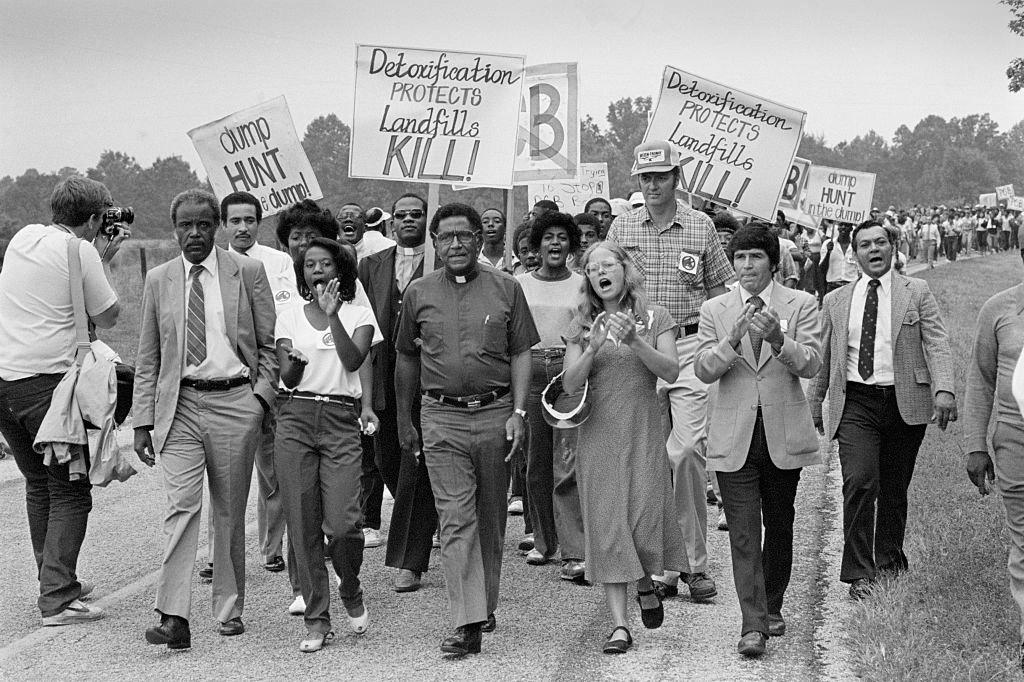
Environmentalism’s tunnel vision regarding the conservation of natural resources left behind the human and cultural contexts with which those resources were, inevitably, intertwined. In the 90s, numerous communities of ethnic minorities – especially Latino Americans, Hispanic Americans, and African Americans, came forward after realizing that the implementation of environmental policies resulted in the unfair and unequal distribution of garbage dumps, air pollution, toxic waste production and disposal structures, and many other environmental hazards throughout different communities living in the same area.
Thus, decades of evolution of the environmental movement, while productive, had failed to encompass and take into consideration all populations and communities affected by the drivers of climate change. Even worse, its action and achievements ended up subjugating many minorities to a greater exposure to environmental hazards and their implications to health, sustainability of livelihoods and much more. This breach exposed the necessity of a new and more comprehensive movement. One that would acknowledge the need to consider how different communities are subject to different oppressors, in order to create action that leads to a fair and sustainable future for all.
And so, the Environmental Justice Movement emerged – perhaps the most important element in today’s environmental action. As put by the authors of From the Ground Up, Luke W. Cole and Sheila R. Foster, in a metaphor where the Environmental Justice Movement is a river, two of its most significant tributaries are the Civil Rights Movement and the activism and organizing done by Native Americans. Here, Traditional Environmentalism played a very small role.
The Environmental Justice Movement has its roots in the United States. However, many of the problems that act has its driving forces can be found when one considers broader contexts – namely, the discrepancies between western societies and the global south. Climate change always acts as a threat multiplier, exacerbating existing vulnerabilities and inequalities, thus the proportion of its consequences is significantly disparate around the world and between different socio-economic contexts.
On the one hand, hazards related to climate change affect people’s livelihoods and contribute to the increasing cost of food, housing and healthcare. Because of this, they act directly and indirectly as a force to impoverishment. They also limit the implementation of policies that ensure a balanced and responsible use of land and renewable resources.
On the other hand, millions of people living in rural and/or poorer areas, especially in the global south, rely on agriculture to have a stable income and food. This means that they are largely dependent on land and weather conditions to assure many of their basic necessities – food, clean water, good health conditions, a stable household and income. But the increasing intensity and frequency of climate events significantly limit the productivity of agricultural activity, leaving people of lower socioeconomic contexts more susceptible to the adversities caused by climate change.
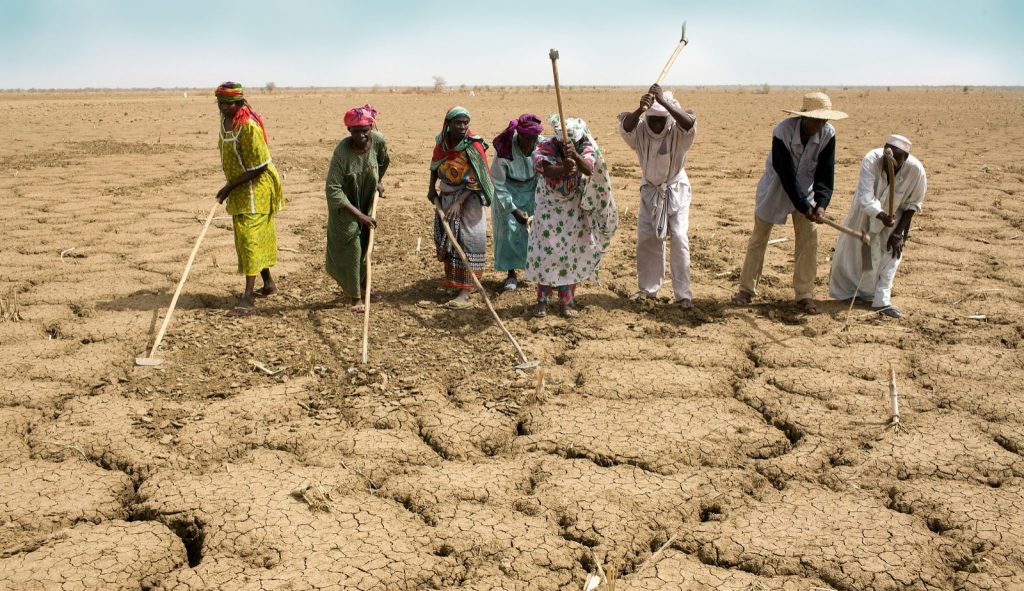
Thus, the interaction between poverty and susceptibility to the intricacies of climate change represents, what the authors of the IPCC 6th Assessment Report call, the Poverty Trap – representing a bilateral relation between the two, one originating or reinforcing the other.
Is moving the solution or another risk amplifier?
To many people, transitioning to urban centers that allow them to find other sources of a steady and reliable income becomes the only solution. But not all households have the means to sustain the costs of urban migration. Many, in a state of “desperation to make ends meet”, move regardless of their economic means, leading to the increase of urban poverty and social burden in urban areas. Other households that don’t have the ability to select members to migrate, stay in the rural areas, living in unstable situations and becoming exposed to health risks and food and water shortages.
On a different perspective, it is important to consider how the climate crisis impacts the, already existing, millions of migrants, refugees and internally displaced people. These are addressed as the “Missing Population” by the authors of the IPCC 6th Assessment Report – they represent a total of hundreds of millions of people that live in extremely vulnerable conditions. In these cases, the effects of climate change are exacerbated because of the intersection of very particular aspects that, unfortunately and because of the current political structures, come with their living and legal conditions.
On the one hand, these groups are disproportionately found in the regions of Central Africa and Middle East, which coincide with some of the regions that are exposed to “higher-than-average” risk of climate change events. On the other hand, they live in less than acceptable conditions that are meant to be temporary (but are not), meaning that they do not possess the legal and economic freedoms to flee from environmental hazards that, many times, threaten not only their living physical conditions but also their health.
All these people are missing from the traditional census of multiple countries, meaning they are not considered during the planning of adaptation strategies.
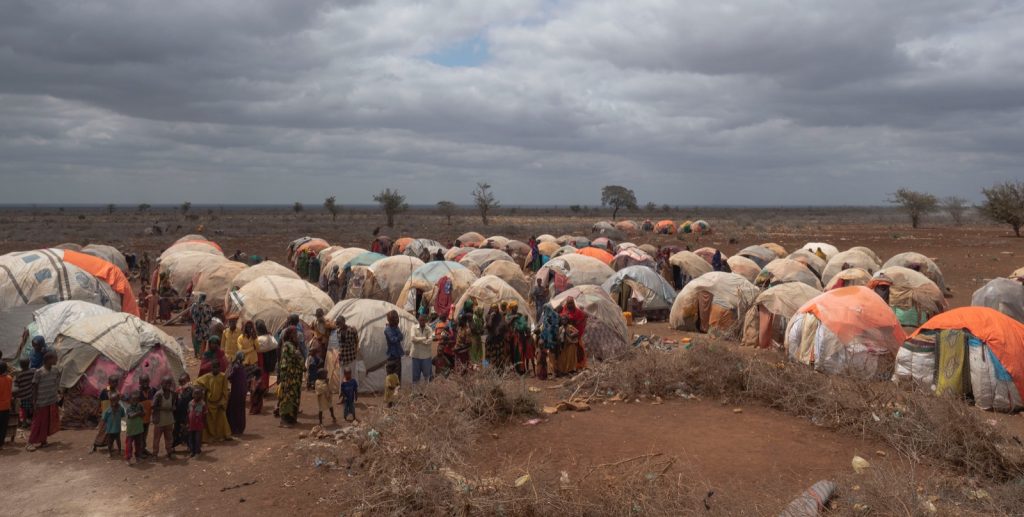
Every day we are confronted by reports of extreme weather events all over the planet – in Pakistan “one third of the country has been completely submerged by historic flooding”, in Europe “records are being broken (…) for temperatures and burned land”, in the Horn of Africa “drought places 22 million people at risk of starvation”, and many more. More than anything, these headlines show us just how vulnerable we human beings truly are to the massive forces of nature. As UN Secretary-General, António Guterres, has put it “the climate crisis is a code red for humanity”. But to claim that we are all equally susceptible to its consequences is a blatant lie. And, above all, we are not all equally responsible for it.
Sadly, as conferences and speeches come and go, it becomes clear just how much western governments are willing to budge – very little. However, these same governments seem to be very content with acting only when situations reach ‘critical’ levels, by providing ‘relief systems’ that only serve and feed this bizarre delusion of saviourism we seem so ready to embody when we are faced with human suffering. But all these systems do is perpetuate the suffering of millions, through generations and generations, that have seen their lives being conditioned by an imperialist narrative that was imposed ages ago.
The time has come for western societies to face what is the true outcome of the systems that sustain their own reality bubble and, once again quoting Antonio Guterres, “realise that the old, carbon-burning model of development is a death sentence for their economies and for our planet”. More than ever, new data shows us how Indigenous communities have successfully preserved larger areas of tropical forest, when comparing to other protected areas. This proves that working towards a safer and more sustainable future involves becoming aware of existing inequalities and, therefore, creating new spaces and subsequent action that are inclusive and sensitive to different cultures and where all groups of people are heard.
